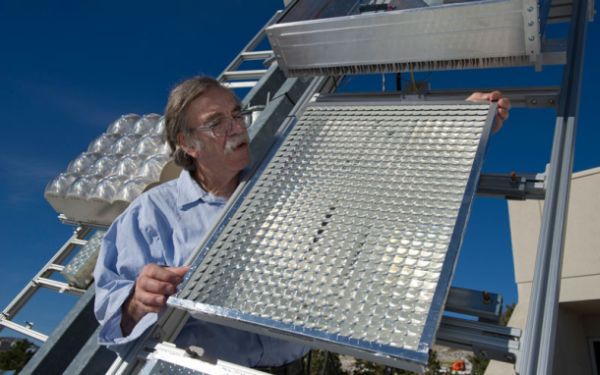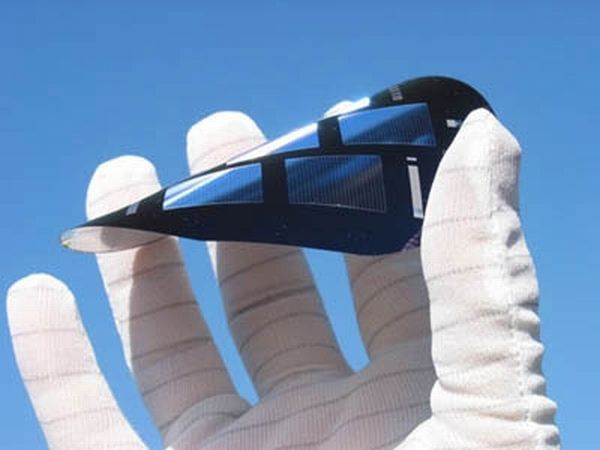The conventional methods of generating solar energy are by and by becoming old fashioned. Semiconductor printing is an already existing and a widely accepted technique that is used in the manufacture of semiconductor solar cells. But most of the present day methods of crafting solar cells make use of mirrors and other optical devices. These devices, no doubt increase the efficiency of the process through which solar energy is trapped, considering that the indentation of these mirrors can be altered depending on the position of the sun. However, the cost that is increased due to the utilization of mirrors can of course be curtailed with a more ideal method of solar cell manufacturing.

Semprius is in the process of doing the same. The company aims at manufacture solar cells that would be able to concentrate 41 percent of the sun’s energy and convert it into useful energy, all of this without the use of mirrors or optics. Lenses are going to occupy the place of mirrors. This technology of preparing microcells, each the size of the point of a ball pen, would better be known as micro printing technology. It is a solid claim, that while mirrors are capable of concentrating light up to several hundred times, lenses would go beyond expectations and increase the concentration effect to thousand times.
Coming to the detailing of how it is actually going to work, Semprius scientists say that a semiconductor would first proliferate on a substrate and then, it can be hammered into a plain wafer, a process better known as stamping. Next, extra layers would be sheeted on these tiny cells, giving rise to a triple junction solar cell. The advantage of going for this technique! Well, since thousands of these tiny units can be created with just one blow, costs are drastically reduced. This coupled with the cost saved by shoving off mirrors, can be a good reduction, so much so, that Semprius is expecting to reduce electricity costs to 10 cents a kilowatt hour, if this technology hits the success line.
Human mind at its best! Lets all hope that this technique builds strong grounds for itself.
Via: CNET




